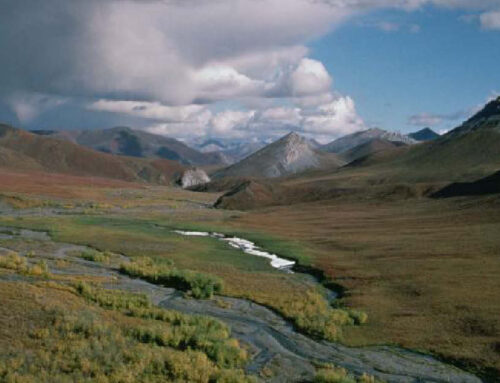(Washington, DC) – Over the last decade, federal and Wyoming taxpayers have missed out on $3.8 billion in potential revenue from oil and gas drilling in the state, according to a new report. The report, “Waste in Wyoming II: Federal Oil and Gas Policies Fail Taxpayers in Wyoming,” documents how taxpayers have lost billions of dollars in revenue due to outdated, below-market federal leasing terms.
The report’s author, Taxpayers for Common Sense, a national nonpartisan budget watchdog, asserts that these outdated policies have not only limited potential taxpayer revenue but have also increased the future costs taxpayers will have to pay to clean up abandoned well sites on federal land. “The federal government has not only failed to ensure taxpayers a fair return from the development of valuable federal oil and gas resources but has also burdened taxpayers with mounting financial and environmental liabilities in the form of orphaned wells,” states the report.
Wyoming is the country’s second-largest producer of oil and natural gas on federal land and contains nearly one-third of all federal land currently leased for development. While the production of oil and gas has generated important revenues for both federal and Wyoming taxpayers, Autumn Hanna, Vice President of Taxpayers for Common Sense, claims that too much has been left on the table.
Hanna continues: “The system for leasing federal land for oil and gas development has been broken for decades. As a major producer of oil and gas on federal lands, the last decade of oil and gas drilling in Wyoming exemplifies how the leasing system fails to ensure taxpayers the fair return they are owed.”
According to the report, taxpayers received $7.3 billion in revenue from FY2013 to FY2022 from the 12.5% royalty rate imposed on the value of oil and gas produced on federal lands in Wyoming over this period. This royalty rate was lower than what was charged for development on adjacent state land, which imposed a 16.67% royalty and severance tax of up to 6%. Federal revenue could have increased by more than $3.6 billion had the royalty rate been raised to 18.75%, which is equal to what is charged for oil and gas development in federal waters. Taxpayers also received $81 million in revenue from rental rates charged over the last decade, an amount that would have more than doubled had rates been adjusted annually for inflation.
Many of the onshore leasing terms highlighted in the report, including the royalty and rental rates, were updated by Congress just last year. Other policies, like outdated oil and gas bonding minimums, still remain untouched.
Current bonding requirements, intended to cover the costs of cleaning well sites if operators abandon them, fall far below the average costs of reclaiming wells in Wyoming—roughly $3,300 per well to be shouldered taxpayers, according to the report. Taxpayers for Common Sense calculates that currently producing oil and gas wells on federal land in Wyoming pose nearly $88 million in potential reclamation liabilities not covered by current bonds – liabilities that, absent reform, will fall to taxpayers. The Department of the Interior’s Bureau of Land Management recently proposed a rule that would update bonding requirements, as well as codify other reforms passed by Congress last year.
Hanna concludes: “Taxpayers own valuable minerals across the U.S., and we charge the federal government to ensure their development, by private entities, benefits taxpayers and doesn’t leave us with mounting, long-term liabilities. In examining federal leasing in Wyoming over the past decade, it is clear this isn’t the case. Billions of dollars in lost revenue and a growing orphan well problem: these are not signs of a working system. Taxpayers deserve better.”
###











Get Social